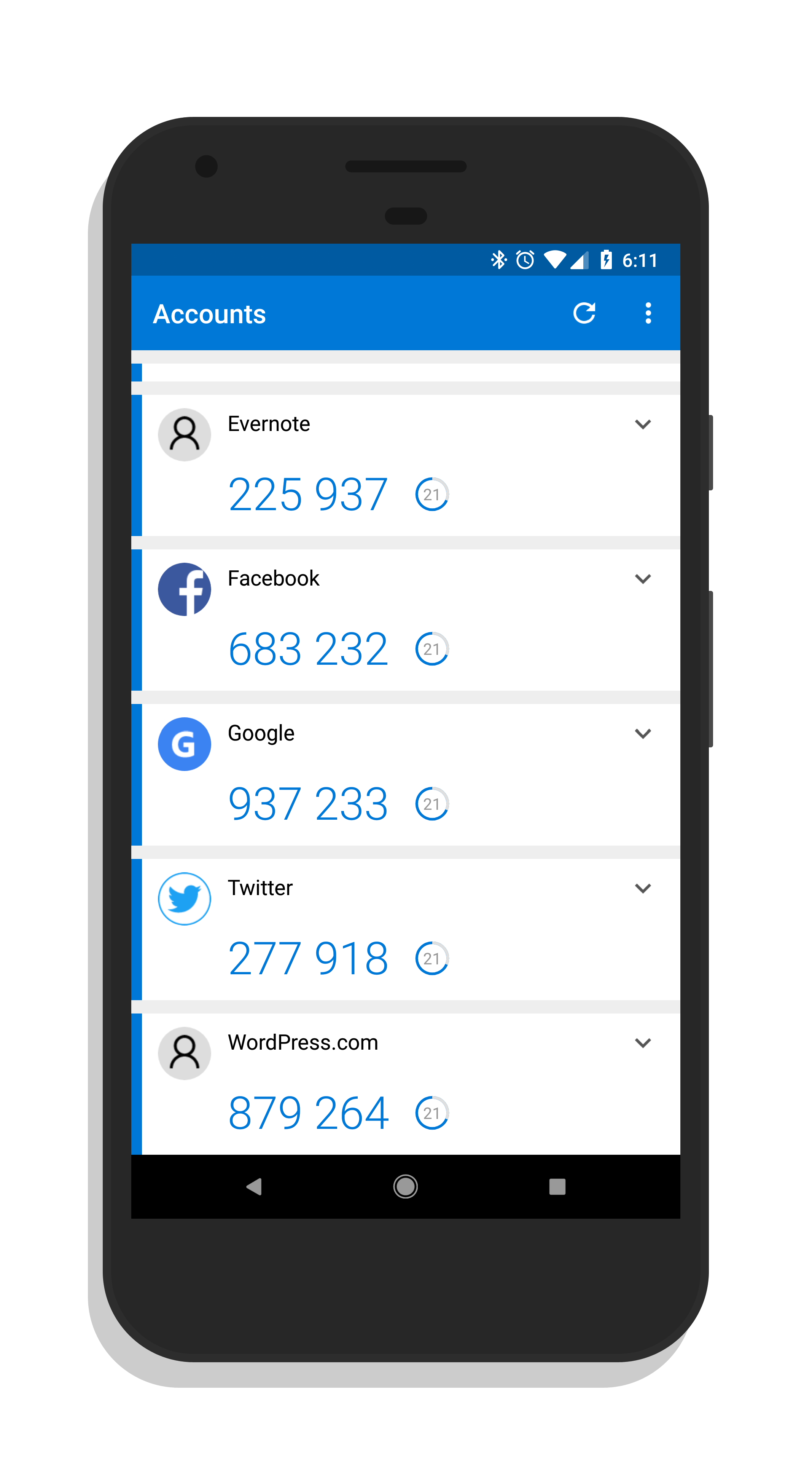

- #Google authenticator setup install#
- #Google authenticator setup registration#
- #Google authenticator setup code#
School > Users & Security > Users > Two-Factor Authentication Setup on the School MIS.Step 1 - Check the setupįirst, check that the setup for two-factor authentication from:
#Google authenticator setup code#
Use the instructions below if someone is unable to use two-factor authentication in Arbor - either they haven't received a QR code or the code generated by their Google authenticator is not recognised. In the slide over click the orange button.Īfter revoking the setup, the staff member will be asked to set up their authenticator app again on whatever device they choose to use. If you’re an admin, g o to the staff member’s staff profile and click their username. They will need to revoke the authenticator app setup for your phone as soon as possible to prevent anyone else trying to log into your MIS. If your phone has been lost or stolen, you will need to contact your admin. Once your old access has been revoked, you will need to set up the authenticator app on your new device to be able to log in. They will need to click the link in the email to revoke your setup.

This will send an email request to your admin to revoke your original setup.
#Google authenticator setup install#
If you cannot use your old mobile phone (and nobody else is now using this phone), you need to install your authentication app on your new device.Įither choose the manual option and use your unique code you should have made a note of, or request to revoke your access by clicking the orange button. Unable to use the phone to authenticate New mobile phone Anyone with one of these permissions will also receive the email request to revoke the setup.

This will also let the Authenticator know which account the device is bound to.
#Google authenticator setup registration#
Add it both as a Login and as a Registration prerequisite. For this demo, we'll use the HTML form Authenticator called username-password. Since we'll use Google Authenticator as a second factor, we still need a first factor.


 0 kommentar(er)
0 kommentar(er)
